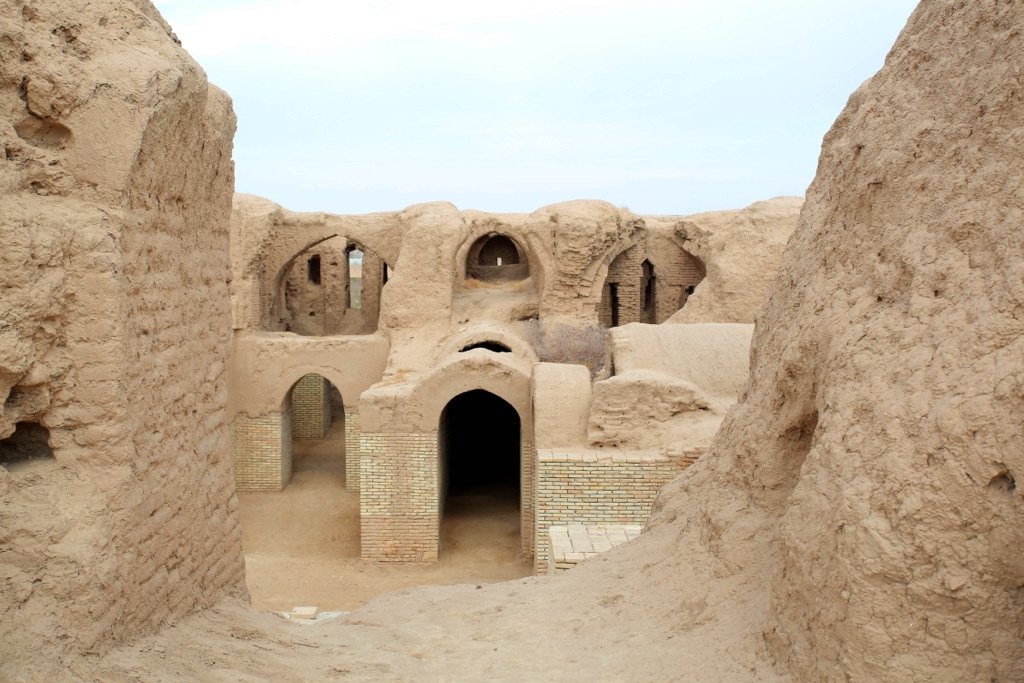The QirqQiz Fortress holds a tale as ancient as the Silk Road winds that sweep across Central Asia. This imposing structure, nestled in the fertile region of modern-day Uzbekistan, stands as a testament to the engineering and military prowess of the Karakhanid era. Built between the 11th and 12th centuries, the fortress’s purpose was to guard a thriving city along one of the world’s busiest trade routes back then. Its sturdy walls, although partially in ruins, tell a story of resilience and cultural exchange, offering a vivid window into the past for historians and travelers alike.
Historical Places
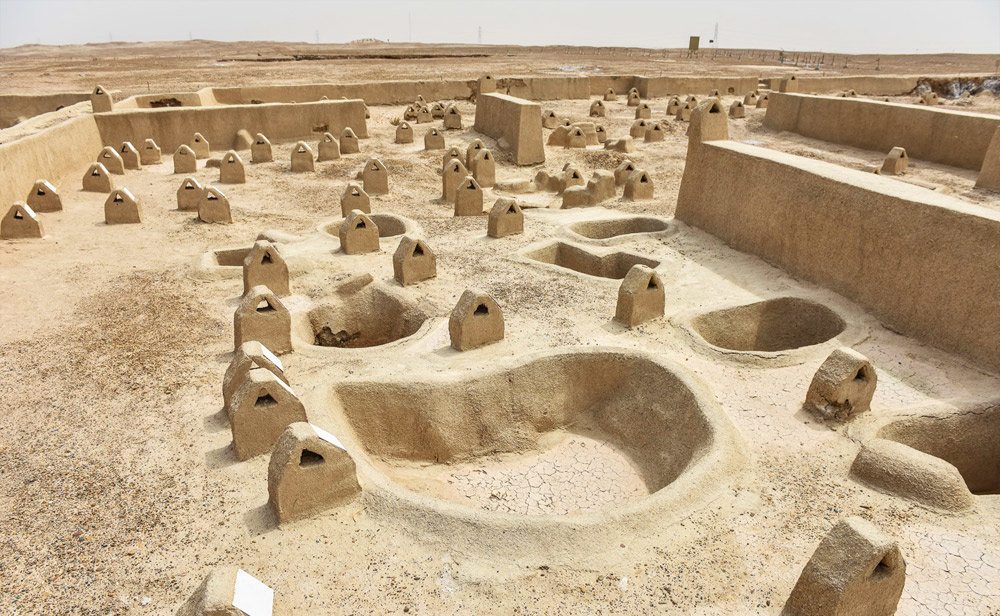
Shahr-e Sukhteh (Burnt City)
Shahr-e Sukhteh, known as the ‘Burnt City’, is a remarkable archaeological site in Iran. Its origins trace back to the Bronze Age, over 5,000 years ago. This ancient settlement offers a unique glimpse into early urban life. It spans over 151 hectares, revealing complex social structures, progress in various crafts, and early residential models. Found in the Sistan and Baluchestan province, Shahr-e Sukhteh was a hub for culture and trade emerged. Its interaction with Mesopotamia and the Indus Valley was extensive. This illustrates the city’s strategic importance in ancient trade routes. It was added to UNESCO’s World Heritage List for its valuable contribution to human history and culture.
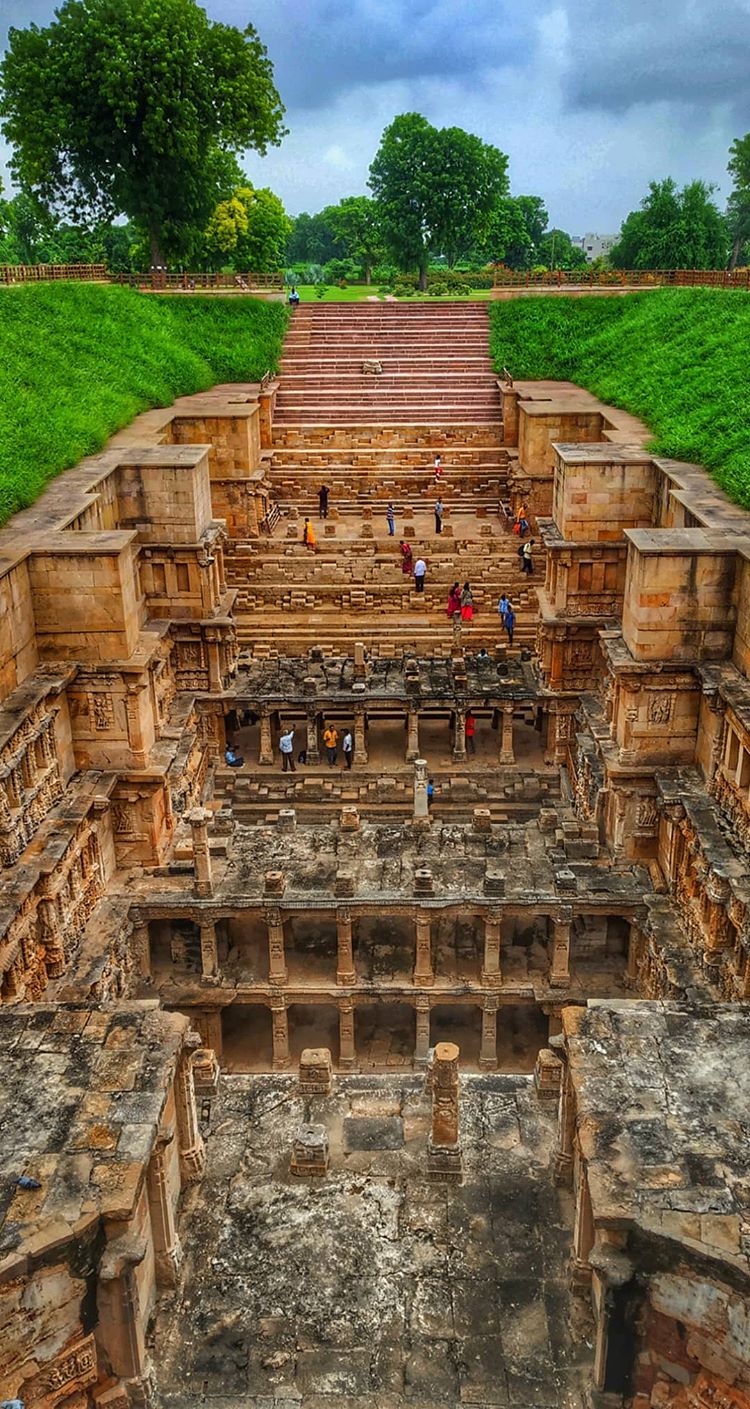
Rani ki Vav
Rani ki Vav, located in Patan, Gujarat, stands as a marvelous piece of ancient Indian architecture. Built in the 11th century, it was constructed in memory of King Bhimdev I by his widowed queen Udayamati. This stepwell plunges the visitor into a subterranean world with intricate carvings and a sophisticated design that has awed people for centuries. Its magnificent craftsmanship showcases the pinnacle of Maru-Gurjara architectural style. Each of its seven levels of walls is decorated with over 500 main sculptures and thousands of minor ones, depicting gods, goddesses, and mythological creatures. This enchanting site is much more than a water storage system; it’s a testament to the skill and artistry of the time.
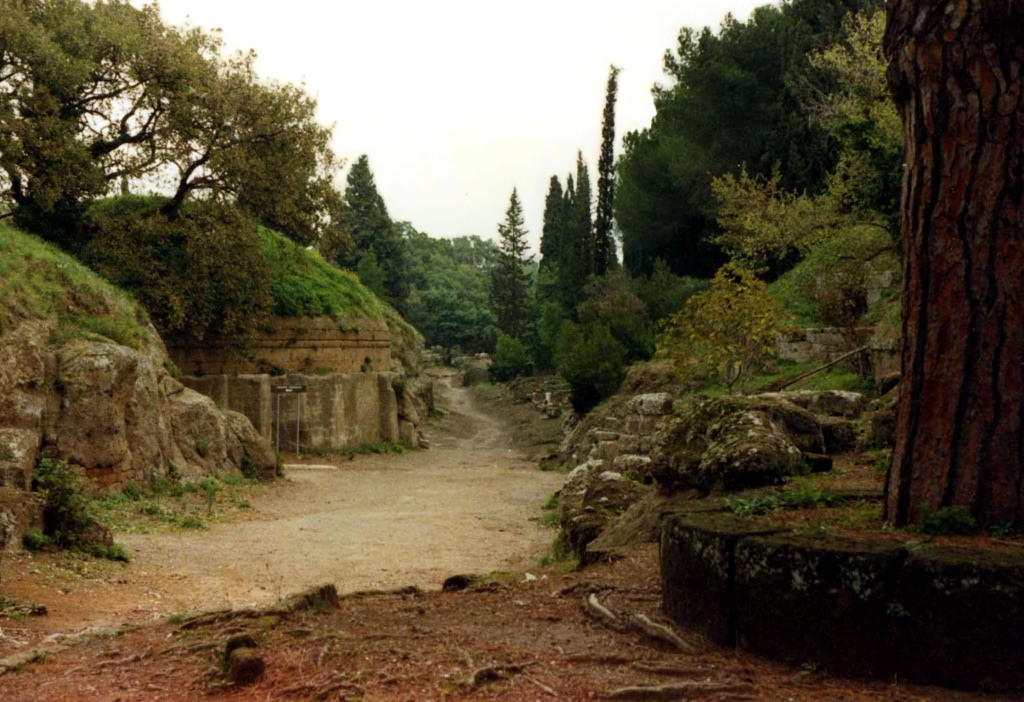
Banditaccia Necropolis
The Banditaccia Necropolis stands as a testament to the Etruscan civilization, one of ancient Italy’s most enigmatic cultures. Dating back to between the 9th and 3rd centuries BCE, this extensive burial ground near Cerveteri reveals the ingenuity and artistry of the Etruscans. Visitors can explore tombs cut out of rock, with hallways leading to rooms adorned with stunning frescoes. These paintings provide insights into daily life, social practices, and the Etruscans’ beliefs about the afterlife. Recognized by UNESCO as a World Heritage Site, Banditaccia Necropolis allows us to connect with a long-gone society through its remarkable preservation.
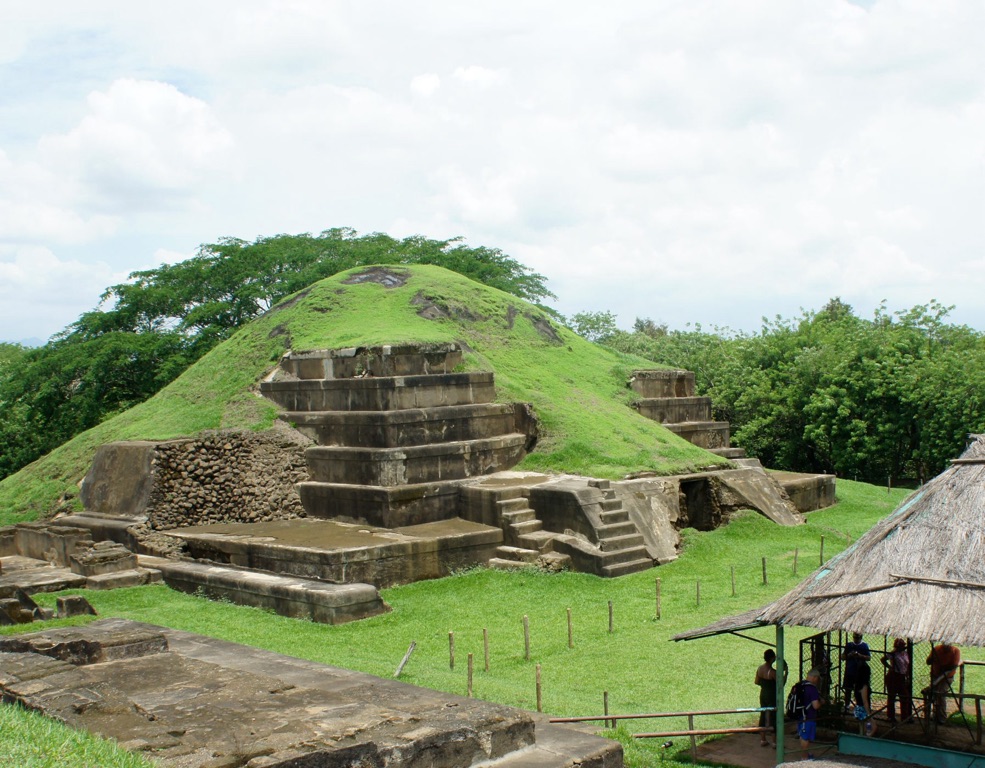
San Andrés Archaeological Park
San Andrés Archaeological Park, nestled in the vibrant heart of El Salvador, beckons history enthusiasts and curious travelers alike. This captivating park serves as a window into the ancient Mayan civilization. Visitors can explore the impressive pyramids, which reveal an intricate understanding of astronomy and urban design. The park’s main complex showcases the advanced societal structure of the Mayans. Here, one can get an intimate glimpse of the political and religious centers that once governed daily life.
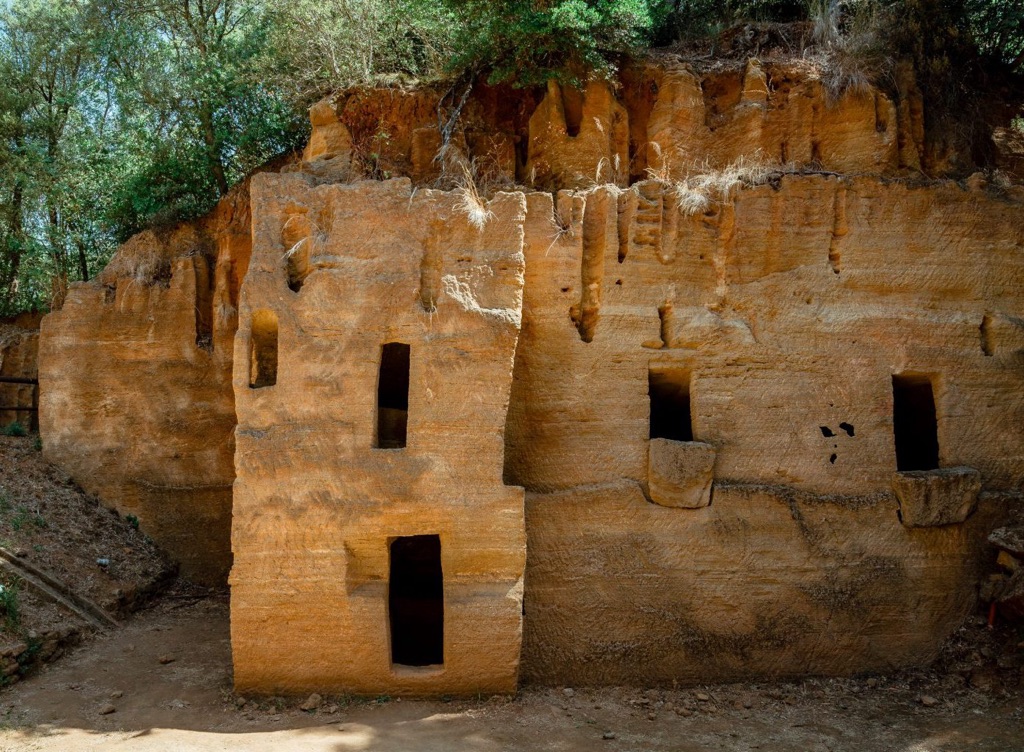
Necropolis of Populonia
Nestled on the picturesque shores of the Tyrrhenian Sea, the Necropolis of Populonia is a testament to the grandeur of Etruscan civilization. This ancient burial site features a myriad of tombs and burial mounds, offering a unique glimpse into the past. Visitors can explore the well-preserved remains which showcase exquisite craftsmanship – a clear indicator of the advanced culture. The necropolis is not only a historical treasure but also offers scenic views of the lush Tuscan landscape.

